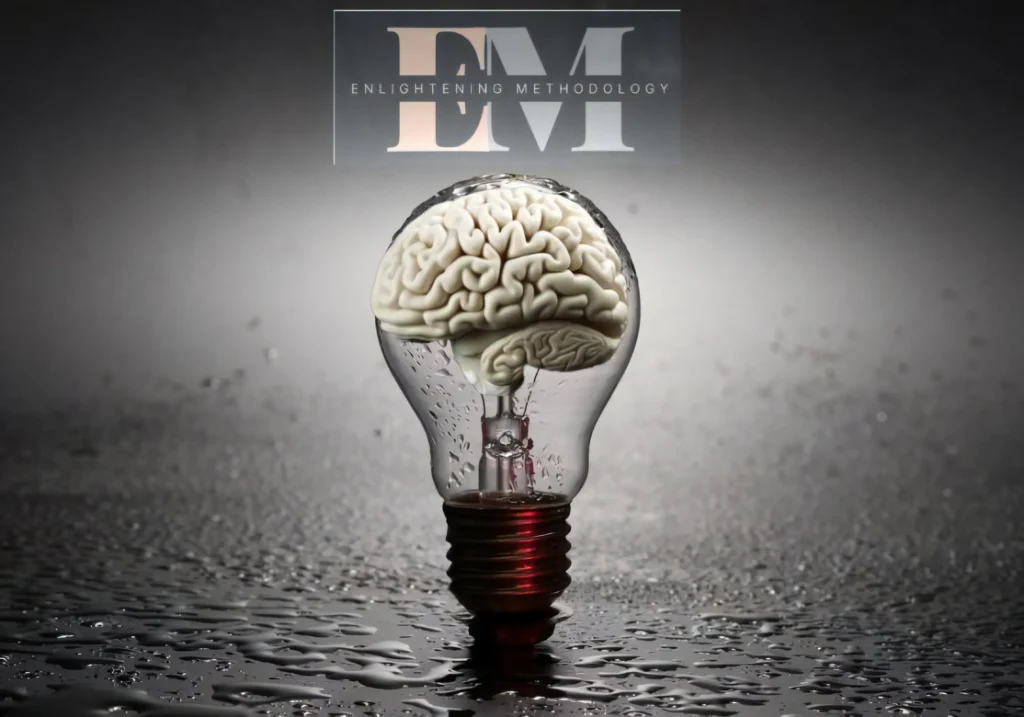
By John P. Desmond, AI Trends Editor
AI is more accessible to young people in the workforce who grew up as ‘digital natives’ with Alexa and self-driving cars as part of the landscape, giving them expectations grounded in their experience of what is possible.
That idea set the foundation for a panel discussion at AI World Government on Mindset Needs and Skill Set Myths for AI engineering teams, held this week virtually and in-person in Alexandria, Va.

“People feel that AI is within their grasp because the technology is available, but the technology is ahead of our cultural maturity,” said panel member Dorothy Aronson, CIO and Chief Data Officer for the National Science Foundation. “It’s like giving a sharp object to a child. We might have access to big data, but it might not be the right thing to do,” to work with it in all cases.
Things are accelerating, which is raising expectations. When panel member Vivek Rao, lecturer and researcher at the University of California at Berkeley, was working on his PhD, a paper on natural language processing might be a master’s thesis. “Now we assign it as a homework assignment with a two-day turnaround. We have an enormous amount of compute power that was not available even two years ago,” he said of his students, who he described as “digital natives” with high expectations of what AI makes possible.

Panel moderator Rachel Dzombak, digital transformation lead at the Software Engineering Institute of Carnegie Mellon University, asked the panelists what is unique about working on AI in the government.
Aronson said the government cannot get too far ahead with the technology, or the users will not know how to interact with it. “We’re not building iPhones,” she said. “We have experimentation going on, and we are always looking ahead, anticipating the future, so we can make the most cost-effective decisions. In the government right now, we are seeing the convergence of the emerging generation and the close-to-retiring generation, who we also have to serve.”
Early in her career, Aronson did not want to work in the government. “I thought it meant you were either in the armed services or the Peace Corps,” she said. “But what I learned after a while is what motivates federal employees is service to larger, problem-solving institutions. We are trying to solve really big problems of equity and diversity, and getting food to people and keeping people safe. People that work for the government are dedicated to those missions.”
She referred to her two children in their 20s, who like the idea of service, but in “tiny chunks,” meaning, “They don’t look at the government as a place where they have freedom, and they can do whatever they want. They see it as a lockdown situation. But it’s really not.”
Berkeley Students Learn About Role of Government in Disaster Response
Rao of Berkeley said his students are seeing wildfires in California and asking who is working on the challenge of doing something about them. When he tells them it is almost always local, state and federal government entities, “Students are generally surprised to find that out.”
In one example, he developed a course on innovation in disaster response, in collaboration with CMU and the Department of Defense, the Army Futures Lab and Coast Guard search and rescue. “This was eye-opening for students,” he said. At the outset, two of 35 students expressed interest in a federal government career. By the end of the course, 10 of the 35 students were expressing interest. One of them was hired by the Naval Surface Warfare Center outside Corona, Calif. as a software engineer, Rao said.
Aronson described the process of bringing on new federal employees as a “heavy lift,” suggesting, “if we could prepare in advance, it would move a lot faster.”

Asked by Dzombak what skill sets and mindsets are seen as essential to AI engineering teams, panel member Bryan Lane, director of Data & AI at the General Services Administration (who announced during the session that he is taking on a new role at FDIC), said resiliency is a necessary quality.
Lane is a technology executive within the GSA IT Modernization Centers of Excellence (CoE) with over 15 years of experience leading advanced analytics and technology initiatives. He has led the GSA partnership with the DoD Joint Artificial Intelligence Center (JAIC). [Ed. Note: Known as “the Jake.”] Lane also is the founder of DATA XD. He also has experience in industry, managing acquisition portfolios.
“The most important thing about resilient teams going on an AI journey is that you need to be ready for the unexpected, and the mission persists,” he said. “If you are all aligned on the importance of the mission, the team can be held together.”
Good Sign that Team Members Acknowledge Having “Never Done This Before”
Regarding mindset, he said more of his team members are coming to him and saying, “I’ve never done this before.” He sees that as a good sign that offers an opportunity to talk about risk and alternative solutions. “When your team has the psychological safety to say that they don’t know something,” Lane sees it as positive. “The focus is always on what you have done and what you have delivered. Rarely is the focus on what you have not done before and what you want to grow into,” he said,
Aronson has found it challenging to get AI projects off the ground. “It’s hard to tell management that you have a use case or problem to solve and want to go at it, and there is a 50-50 chance it will get done, and you don’t know how much it’s going to cost,” she said. “It comes down to articulating the rationale and convincing others it’s the right thing to do to move forward.”
Rao said he talks to students about experimentation and having an experimental mindset. “AI tools can be easily accessible, but they can mask the challenges you can encounter. When you apply the vision API, for example in the context of challenges in your business or government agency, things may not be smooth,” he said.
Moderator Dzombak asked the panelists how they build teams. Arson said, “You need a mix of people.” She has tried “communities of practice” around solving specific problems, where people can come and go. “You bring people together around a problem and not a tool,” she said.
Lane seconded this. “I really have stopped focusing on tools in general,” he said. He ran experiments at JAIC in accounting, finance and other areas. “We found it’s not really about the tools. It’s about getting the right people together to understand the problems, then looking at the tools available,” he said.
Lane said he sets up “cross-functional teams” that are “a little more formal than a community of interest.” He has found them to be effective for working together on a problem for maybe 45 days. He also likes working with customers of the needed services inside the organization, and has seen customers learn about data management and AI as a result. “We will pick up one or two along the way who become advocates for accelerating AI throughout the organization,” Lane said.
Lane sees it taking five years to work out proven methods of thinking, working, and best practices for developing AI systems to serve the government. He mentioned The Opportunity Project (TOP) of the US Census Bureau, begun in 2016 to work on challenges such as ocean plastic pollution, COVID-19 economic recovery and disaster response. TOP has engaged in over 135 public-facing projects in that time, and has over 1,300 alumni including developers, designers, community leaders, data and policy experts, students and government agencies.
“It’s based on a way of thinking and how to organize work,” Lane said. “We have to scale the model of delivery, but five years from now, we will have enough proof of concept to know what works and what does not.”
Learn more at AI World Government, at the Software Engineering Institute, at DATA XD and at The Opportunity Project.











